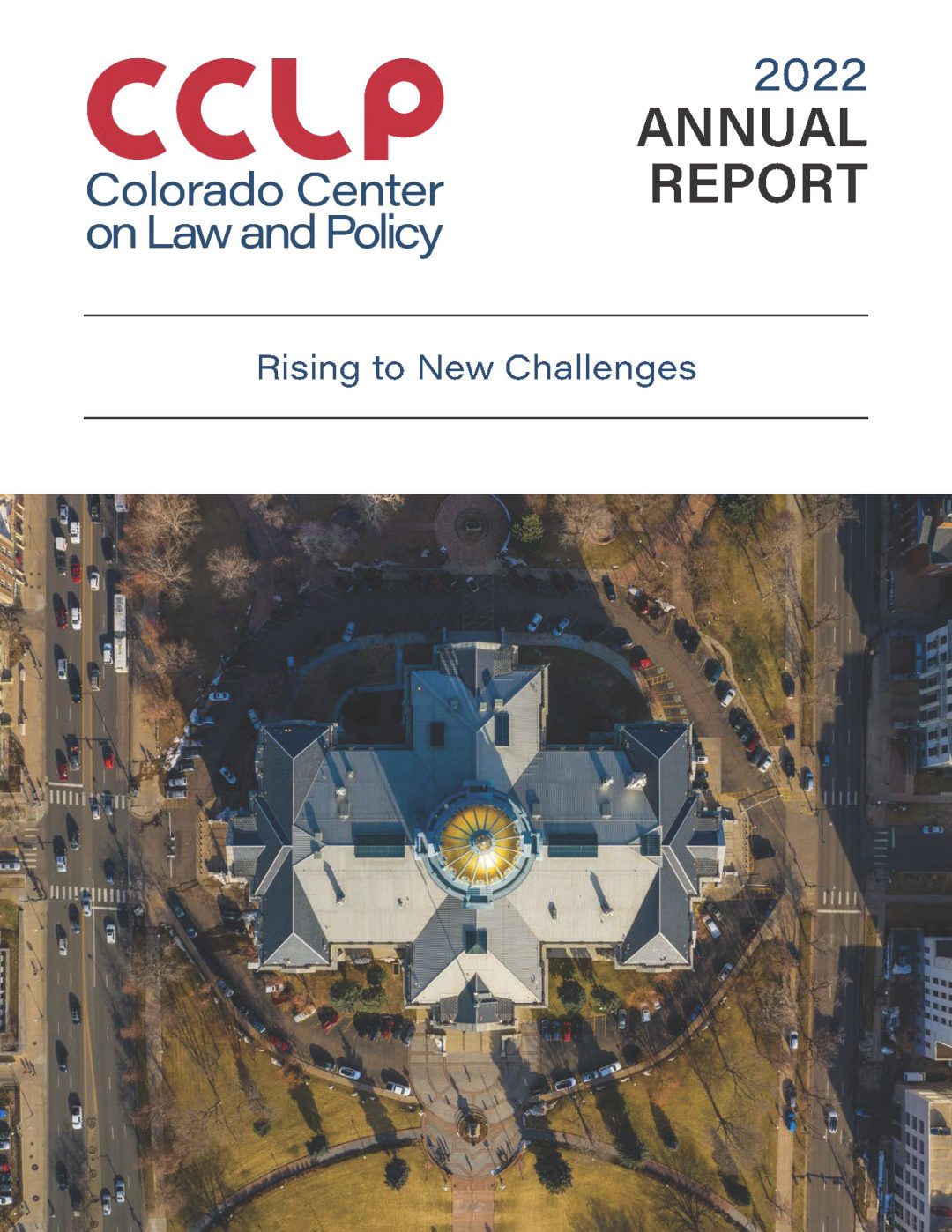View File
The Colorado Fiscal Policy Institute published The State of Working Colorado 2002: Troubling Trends 1 in January 2003. In this update of the first report, we examine Colorado’s economic conditions after the effects of the recent recession, and compare the recovery to the 1990 recession. Some of the findings in this report include the following:
· Fewer Coloradans had jobs after the recent recession, compared to the same time frame after the 1990 recession.
· Total non-farm employment dropped from 2001 to 2003 by 75,000 jobs in Colorado.
· The unemployment rate increased significantly in Colorado from 2.9 percent in 1999 to 6 percent in 2003.
· Hispanic and African American workers experienced the highest levels of unemployment in 2003.
· Over half of the unemployed in Colorado in 2002 exhausted their Unemployment Insurance benefits.
· The underemployment rate in Colorado rose significantly in 2002 and 2003, reflecting the weak economy.
· Median household income declined for the fourth year in a row, from $43,179 in 1999 to $49,400 in 2002 (inflation adjusted dollars).
· The number of children living below 200 percent of poverty increased to 33.9 percent in Colorado in 2003, up from 30.5 percent in 2001.
· The number of Coloradans without health insurance coverage increased from 14.3 percent in 2000 to 17.2 percent in 2003.
· The percentage of workers in Colorado with employer sponsored health insurance decreased from 66.5 percent in 2000 to 61.2 percent in 2003, lower than it was in 1989.
· The number of children 18 and under without health insurance in Colorado rose from 13 percent in 2001 to 14.4 percent in 2002.
· The number of children at or below 200 percent of poverty in Colorado without health coverage increased from 8.6 percent in 1999-2001 to 8.8 percent in 2000-2002.
The Second Regular Session of the 74th General Assembly is well underway!
Learn more about CCLP’s legislative platform for 2024 and the bills we’re most excited to support!









